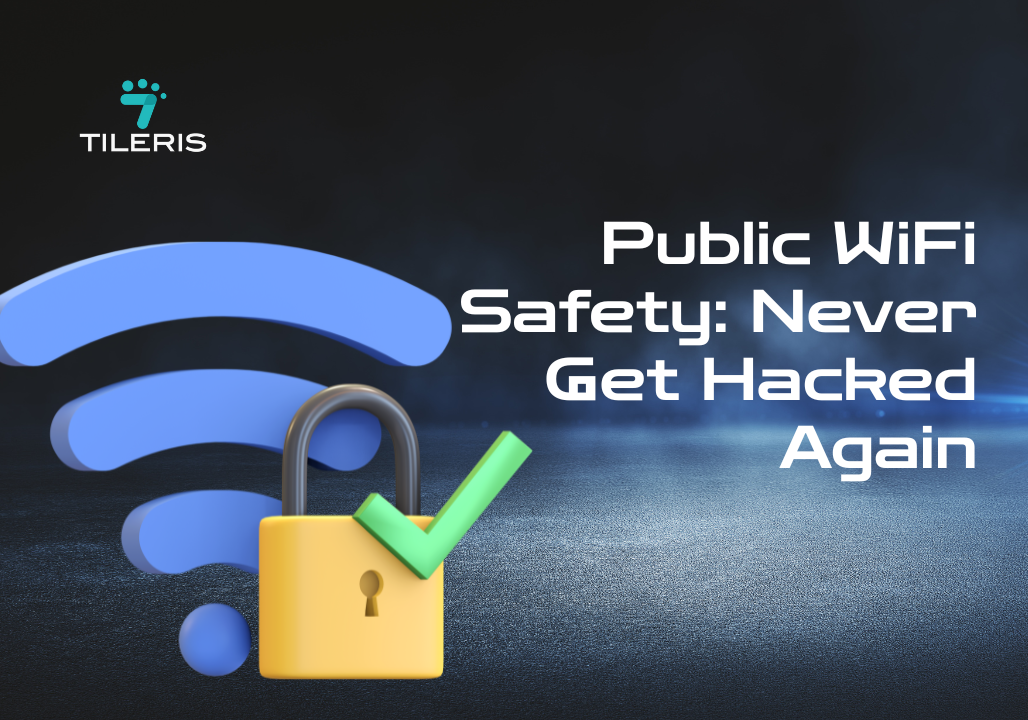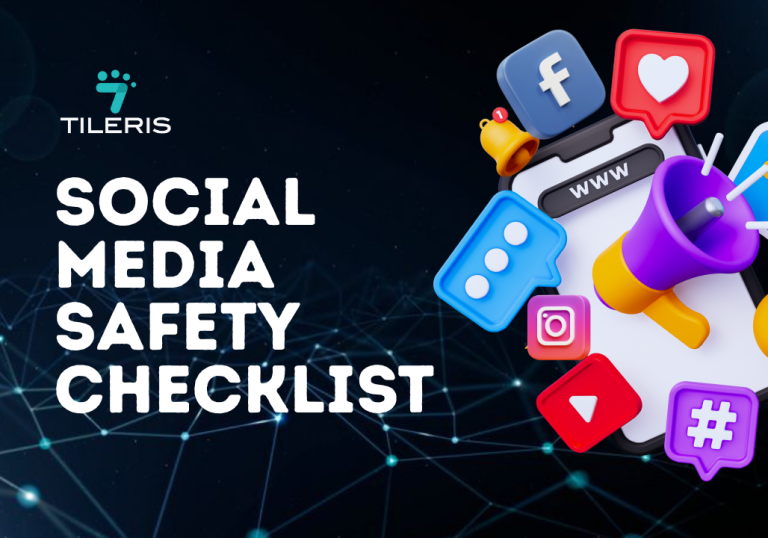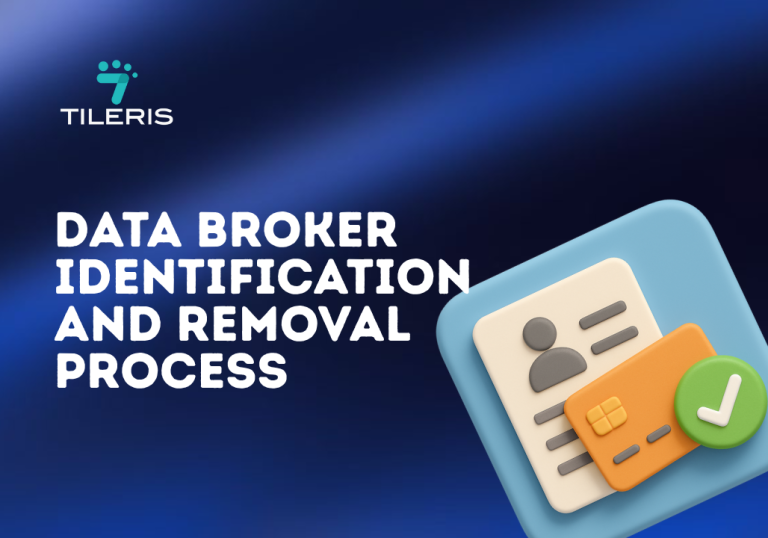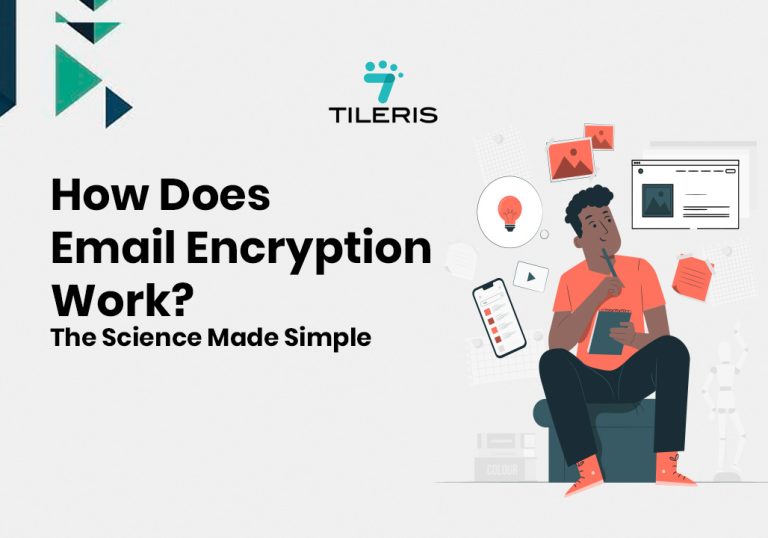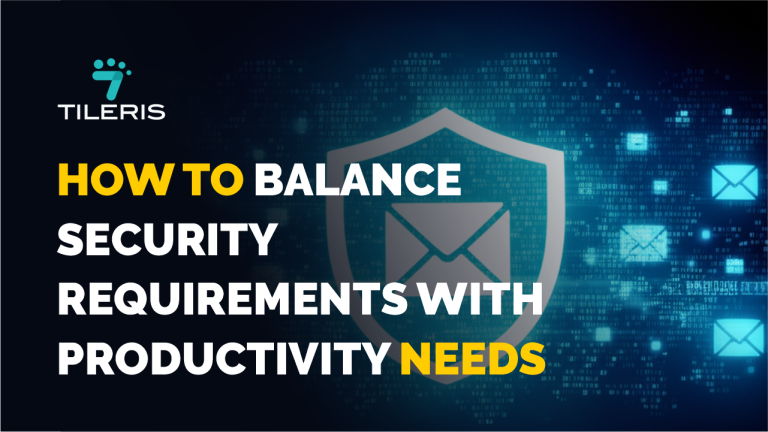Public WiFi safety: Never Get Hacked Again
Introduction
Public WiFi safety is now of noticeable importance with Public WiFi networks have become an integral part of our daily lives, offering convenient internet access in coffee shops, airports, hotels, and countless other venues. However, the convenience of public WiFi safety comes with significant security risks that millions of users unwittingly expose themselves to every day. Understanding and implementing proper public WiFi safety measures is crucial for protecting your personal information, financial data, and digital identity from cybercriminals who actively exploit unsecured networks.
This comprehensive guide will equip you with the knowledge and tools necessary to navigate Public WiFi networks safely, ensuring that your digital life remains protected while maintaining the convenience of internet connectivity on the go. Make sure to read to the end.
What are the Risks of Public WiFi Networks?
Public WiFi networks present numerous security vulnerabilities that cybercriminals exploit with alarming frequency. These networks are inherently insecure because they lack the robust security measures found in private, password-protected networks. The open nature of public WiFi means that data transmitted over these networks can be easily intercepted by anyone with the right tools and knowledge. This vulnerability creates opportunities for various types of cyberattacks, including man-in-the-middle attacks, where hackers position themselves between your device and the WiFi router to intercept all communications.
The most common risks associated with public WiFi include data interception, where hackers use packet sniffing tools to capture unencrypted data flowing through the network. This intercepted data can include login credentials, personal messages, financial information, and other sensitive details. Additionally, malicious actors often create fake WiFi hotspots with names similar to legitimate networks, tricking users into connecting to their controlled access points. Once connected, these rogue hotspots can monitor all internet activity, inject malware into devices, or redirect users to malicious websites designed to steal information.
Another significant concern is the potential for malware distribution through compromised public WiFi networks. Cybercriminals can exploit vulnerabilities in network infrastructure to push malicious software to connected devices, potentially gaining long-term access to personal information and system resources. The shared nature of public networks also means that other users on the same network could potentially access your device if proper security measures aren’t in place, leading to unauthorized file access or system compromise.
The Anatomy of WiFi-Based Cyberattacks
Understanding how cybercriminals exploit Public WiFi networks is essential for developing effective defense strategies. Man-in-the-middle attacks represent one of the most prevalent threats, where attackers position themselves between your device and the intended destination server. These attacks can be executed using readily available tools and require minimal technical expertise, making them attractive to both novice and experienced cybercriminals. The attacker essentially becomes a relay point for all your internet traffic, giving them access to view, modify, or steal any data being transmitted.
Evil twin attacks involve creating fake WiFi access points that mimic legitimate networks, often using similar names or copying the exact network name of trusted hotspots. These malicious access points are designed to appear authentic, tricking users into connecting and unknowingly routing their internet traffic through the attacker’s controlled infrastructure. Once connected, victims may be redirected to fake login pages designed to capture credentials, or their devices may be infected with malware that provides persistent access to personal information.
Session hijacking is another sophisticated attack method where cybercriminals intercept and steal session cookies or tokens that authenticate users to websites and services. This technique allows attackers to impersonate legitimate users without needing their actual passwords, potentially gaining access to email accounts, social media profiles, banking services, and other sensitive platforms. The attack is particularly effective on Public WiFi networks where session data is transmitted without adequate encryption protection.
Essential Public WiFi safety Protocols
Implementing a serious public WiFi safety protocols begins with developing a security-first mindset when connecting to any public network. Before connecting to any public WiFi, verify the network name with venue staff or official signage to ensure you’re connecting to the legitimate network rather than a malicious impostor. Always avoid networks with suspicious names, generic identifiers, or those that don’t require any form of authentication, as these are often indicators of potentially compromised or fake access points.
When connecting to public WiFi networks, immediately disable automatic file sharing and network discovery features on your device. These features, while convenient for home and office environments, can expose your device to other users on the same public network, potentially allowing unauthorized access to your files and system resources. Additionally, ensure that your device’s firewall is enabled and properly configured to block incoming connections from unknown sources, providing an additional layer of protection against network-based attacks.
Regularly update your device’s operating system and security software to ensure you have the latest security patches and vulnerability fixes. Cybercriminals often exploit known vulnerabilities in outdated software to gain unauthorized access to devices connected to public networks. Enable automatic updates when possible, and regularly check for and install security updates for all applications, especially web browsers, antivirus software, and communication tools that handle sensitive data.
Virtual Private Networks (VPNs): Your Digital Shield
A Virtual Private Network (VPN) represents the most effective defense mechanism for maintaining public WiFi safety by creating an encrypted tunnel between your device and the internet. When properly configured, a VPN encrypts all internet traffic leaving your device, making it unreadable to anyone attempting to intercept your communications on public networks. This encryption protection ensures that even if cybercriminals successfully intercept your data, they cannot decipher the encrypted information without the appropriate decryption keys.
Selecting the right VPN service is crucial for maintaining optimal security and performance. Look for VPN providers that offer strong encryption protocols such as OpenVPN or WireGuard, maintain a strict no-logging policy, and provide servers in multiple geographic locations. Avoid free VPN services, as they often lack robust security measures, may log user activity, or even inject advertisements into your browsing sessions. Premium VPN services typically offer better security, faster connection speeds, and more reliable service, making them a worthwhile investment for frequent public WiFi users.
Proper VPN configuration and usage are essential for maximizing security benefits. Enable the VPN’s kill switch feature, which automatically disconnects your internet connection if the VPN connection drops, preventing unprotected data transmission. Configure your VPN to automatically connect when joining public WiFi networks, and regularly test your VPN connection to ensure it’s functioning properly. Additionally, choose VPN servers geographically close to your location to minimize latency and maintain acceptable browsing speeds while maximizing security protection.
Secure Browsing Practices on Public Networks
Maintaining secure browsing practices while using Public WiFi networks requires heightened awareness and deliberate security measures. Always verify that websites you visit use HTTPS encryption, indicated by the padlock icon in your browser’s address bar and URLs beginning with “https://” rather than “http://”. HTTPS encryption provides an additional layer of security by encrypting data transmitted between your browser and the website, making it significantly more difficult for attackers to intercept and read your communications.
Avoid accessing sensitive websites and services such as online banking, investment accounts, or healthcare portals while connected to public WiFi networks. If you must access these services, ensure you’re using a reliable VPN connection and verify the website’s authenticity by checking the SSL certificate details. Be particularly cautious of any security warnings or certificate errors, as these may indicate attempts to intercept your communications or redirect you to malicious websites designed to steal your credentials.
Configure your web browser with enhanced security settings to provide additional protection against common web-based attacks. Enable automatic HTTPS enforcement through browser extensions like HTTPS Everywhere, disable automatic form filling and password saving on public networks, and regularly clear your browser cache and cookies after using public WiFi. Consider using privacy-focused browsers or browser profiles specifically configured for public WiFi use, with enhanced security settings and minimal stored personal information.
Multi-Factor Authentication: Your Security Backup
Multi-factor authentication (MFA) serves as a critical security backup when using public WiFi networks, providing additional protection even if your primary credentials are compromised. MFA requires users to provide two or more verification factors to gain access to accounts, typically combining something you know (password), something you have (smartphone or security token), and something you are (biometric data). This layered approach significantly reduces the risk of unauthorized account access, even if attackers successfully intercept your login credentials through public WiFi vulnerabilities.
Implementing MFA across all your important accounts creates multiple barriers that cybercriminals must overcome to gain unauthorized access. Use authenticator apps like Google Authenticator, Authy, or Microsoft Authenticator rather than SMS-based authentication when possible, as text message interception is possible on compromised networks. These apps generate time-based one-time passwords that remain valid for short periods, ensuring that even if an attacker intercepts the code, it quickly becomes useless for unauthorized access attempts.
Your Device Security Configuration Practices
Configuring your devices with proper security settings is fundamental to maintaining public WiFi safety and protecting against network-based attacks. Disable automatic WiFi connection features that cause your device to automatically connect to any available network, as this can result in inadvertent connections to malicious access points. Instead, manually select and connect to verified networks, and remove stored network profiles for Public WiFi networks after use to prevent automatic reconnection to potentially compromised networks.
Enable device encryption to protect stored data in case your device is lost, stolen, or compromised while connected to public WiFi. Full disk encryption ensures that even if attackers gain physical access to your device, they cannot access your personal files, stored passwords, or other sensitive information without the encryption key. Modern devices offer built-in encryption features such as FileVault on macOS, BitLocker on Windows, and device encryption on iOS and Android platforms.
Configure your device’s network settings to enhance security when connecting to public WiFi networks. Set your network profile to “Public” rather than “Private” or “Home” to enable more restrictive security settings that limit network discovery and file sharing capabilities. Disable network services that aren’t necessary for basic internet access, such as printer sharing, media streaming, and remote desktop connections, as these can provide additional attack vectors for cybercriminals to exploit.
Recognizing and Avoiding WiFi Threats
Developing the ability to recognize and avoid common WiFi threats is essential for maintaining public WiFi safety in various environments. Be suspicious of networks with generic names like “Free WiFi,” “Public WiFi,” or “Guest Network,” as these are often used by cybercriminals to create fake access points. Legitimate businesses typically use branded network names that include the company or venue name, and they often provide network information through official signage or staff members who can verify the correct network name.
Watch for networks that don’t require any authentication or password, as legitimate Public WiFi networks typically require at least basic acknowledgment of terms of service or some form of authentication process. Be particularly cautious of networks that prompt you to download software, install certificates, or provide personal information before allowing internet access, as these are common tactics used by cybercriminals to install malware or gather sensitive information from unsuspecting users.
Mobile Device Security for Public WiFi
Mobile devices require special consideration for public WiFi safety due to their portability and the variety of networks they connect to throughout the day. Configure your smartphone or tablet to forget Public WiFi networks after use, preventing automatic reconnection to potentially compromised networks in the future. Disable WiFi auto-join features and location-based network suggestions that might cause your device to connect to unknown or malicious networks without your explicit consent.
Install reputable mobile security applications that provide real-time protection against malware, malicious websites, and network-based attacks. These applications can detect and block suspicious network activity, warn you about potentially dangerous WiFi networks, and provide additional security features such as VPN integration and secure browsing capabilities. Regularly update these security applications to ensure they can detect and protect against the latest threats targeting mobile devices.
Advanced Security Measures for High-Risk Environments
For users who frequently work in high-risk environments or handle sensitive information, implementing advanced security measures becomes crucial for maintaining public WiFi safety. Consider using dedicated devices or virtual machines specifically configured for public WiFi use, isolating potentially sensitive work or personal data from networks that may be compromised. This approach creates a security boundary that limits the potential impact of successful attacks while maintaining the convenience of internet access.
Implement network monitoring tools that can detect suspicious activity or potential attacks while connected to public WiFi networks. These tools can alert you to unusual network behavior, unauthorized connection attempts, or potential man-in-the-middle attacks, allowing you to take immediate protective action. Some advanced users may benefit from using portable security devices or travel routers that create a controlled network environment even when connecting to public WiFi infrastructure.
Consider using cellular data connections with mobile hotspot capabilities as an alternative to Public WiFi networks when working with particularly sensitive information. While this approach may incur additional data costs, it provides a more secure and controlled internet connection that doesn’t rely on potentially compromised public network infrastructure. Modern cellular networks offer robust security features and encryption that provide better protection than most public WiFi networks.
Emerging Threats and Future Considerations
The landscape of public WiFi threats continues to evolve as cybercriminals develop new attack methods and exploit emerging technologies. Artificial intelligence and machine learning are increasingly being used to automate and enhance WiFi-based attacks, making them more sophisticated and difficult to detect. These advanced attacks can analyze user behavior patterns, customize attack strategies for specific targets, and adapt to security measures in real-time, requiring more robust and adaptive defense strategies.
The proliferation of Internet of Things (IoT) devices creates new attack vectors that cybercriminals can exploit through public WiFi networks. These devices often lack robust security features and may be vulnerable to attacks that can compromise not only the device itself but also the networks they connect to. As more IoT devices become commonplace in public spaces, the potential for complex, multi-vector attacks through Public WiFi networks increases significantly.
Quantum computing developments may eventually impact the encryption methods currently used to protect public WiFi communications. While practical quantum computers capable of breaking current encryption standards are still years away, organizations and individuals should begin considering post-quantum cryptography solutions and staying informed about developments in quantum-resistant security measures. This forward-thinking approach ensures that public WiFi safety strategies remain effective against emerging technological threats.
Recommended Tools and Resources
Several categories of tools and resources can significantly enhance your public WiFi safety posture. VPN services such as NordVPN, ExpressVPN, and Surfshark offer robust encryption and security features specifically designed for public WiFi protection. For those requiring enterprise-grade solutions, consider business VPN services that provide dedicated support, advanced security features, and centralized management capabilities for multiple users and devices.
Network analysis tools like Wireshark can help advanced users monitor network traffic and identify potential security threats while connected to public WiFi networks. Mobile security applications such as Norton Mobile Security, Bitdefender Mobile Security, and Kaspersky Mobile Antivirus provide comprehensive protection for smartphones and tablets. Browser extensions like HTTPS Everywhere and Privacy Badger can enhance web browsing security by enforcing encrypted connections and blocking tracking attempts.
Password management tools such as LastPass, 1Password, and Bitwarden are essential for maintaining strong, unique passwords across all your accounts while using public WiFi networks. These tools can generate secure passwords, store them in encrypted vaults, and provide secure autofill capabilities that reduce the risk of credential theft through keyloggers or other malware that might be present on compromised networks.
Creating a Personal WiFi Security Strategy
Developing a personal WiFi security strategy requires assessing your specific risk profile, usage patterns, and security requirements. Begin by cataloging the types of Public WiFi networks you regularly use, the sensitivity of the data you typically access, and the devices you commonly connect with. This assessment will help you determine the appropriate level of security measures needed and identify areas where additional protection may be necessary.
Establish clear protocols for different types of public WiFi usage scenarios. For example, you might allow basic web browsing and email checking on public networks with VPN protection, while restricting access to financial services and sensitive work applications to cellular data connections only. Create a hierarchy of security measures that corresponds to the sensitivity of the information you’re accessing and the trustworthiness of the network environment.
Regularly review and update your personal WiFi security strategy as your usage patterns change and new threats emerge. Stay informed about the latest cybersecurity developments, participate in security awareness training when available, and consider consulting with cybersecurity professionals if you handle particularly sensitive information. Document your security protocols and share them with family members or colleagues who might benefit from similar protection measures.
Conclusion
Maintaining public WiFi safety in today requires a comprehensive understanding of the threats, implementation of robust security measures, and development of security-conscious habits. The convenience of Public WiFi networks need not come at the expense of your digital security and privacy. By following the guidelines outlined in this comprehensive guide, you can significantly reduce your risk of falling victim to cybercriminals who target public WiFi users.
Remember that public WiFi safety is an ongoing process that requires regular attention and updates as both threats and protective technologies evolve. Stay informed about emerging security threats, keep your devices and security software updated, and regularly review and adjust your security practices based on your changing needs and usage patterns. The investment in proper public WiFi safety measures far outweighs the potential costs of data breaches, identity theft, and other cybercrimes.
For more comprehensive information about mobile security and privacy, visit tileris.com. If you’re looking for more hands-on support or more cyber security contents like this contact us, you can also request a free consultation with our AI agents, our experts are ready to guide you. Or, if you’d rather see how Tileris works in real time, go ahead and request a demo through our contact form.

